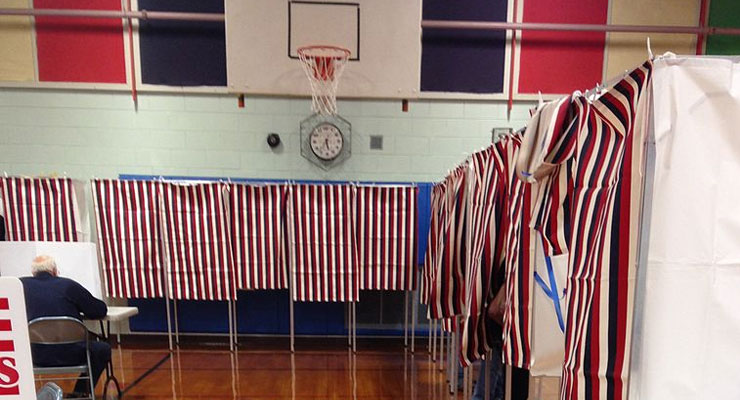 This report is published by the Bipartisan Policy Center. Here is an excerpt:
This report is published by the Bipartisan Policy Center. Here is an excerpt:
The United States’ democracy is built on a foundation of checks and balances. They extend from the three branches of government to the relationship between state and federal legislatures—and even to the inner workings of local election administration. Election observers and challengers are one small, but mighty, component of our intricate system of collective governance.
Across the globe, election observation is regarded as a pillar of democracy-building, crafted to advance transparency and integrity. When correctly managed, it stands to boost civic engagement, voter confidence, and election security. Yet without the proper guardrails in place, election observation can become a partisan or prejudicial tool used to disrupt orderly elections and undermine voter confidence.
Dating back to the earliest days of the republic, election observation—like much of our electoral system—has a checkered past. Throughout history, individuals have abused the right to observation to unfairly target marginalized groups. In 2020, a new crisis emerged when pandemic social distancing requirements clashed with the high number of prospective observers, all during the heat of one of the most contentious elections in U.S. history. Resource and capacity limitations left many observers feeling as if they were unfairly excluded from the observation process; other observers took advantage of their position to disrupt and delay the administration of the election. One thing became clear: Current rules around election observation are inadequate to advance the meaningful engagement of observers in the electoral process.
Read the full article here.
Leave a Reply